Edward Burra and Ithell Colquhoun at Tate Britain
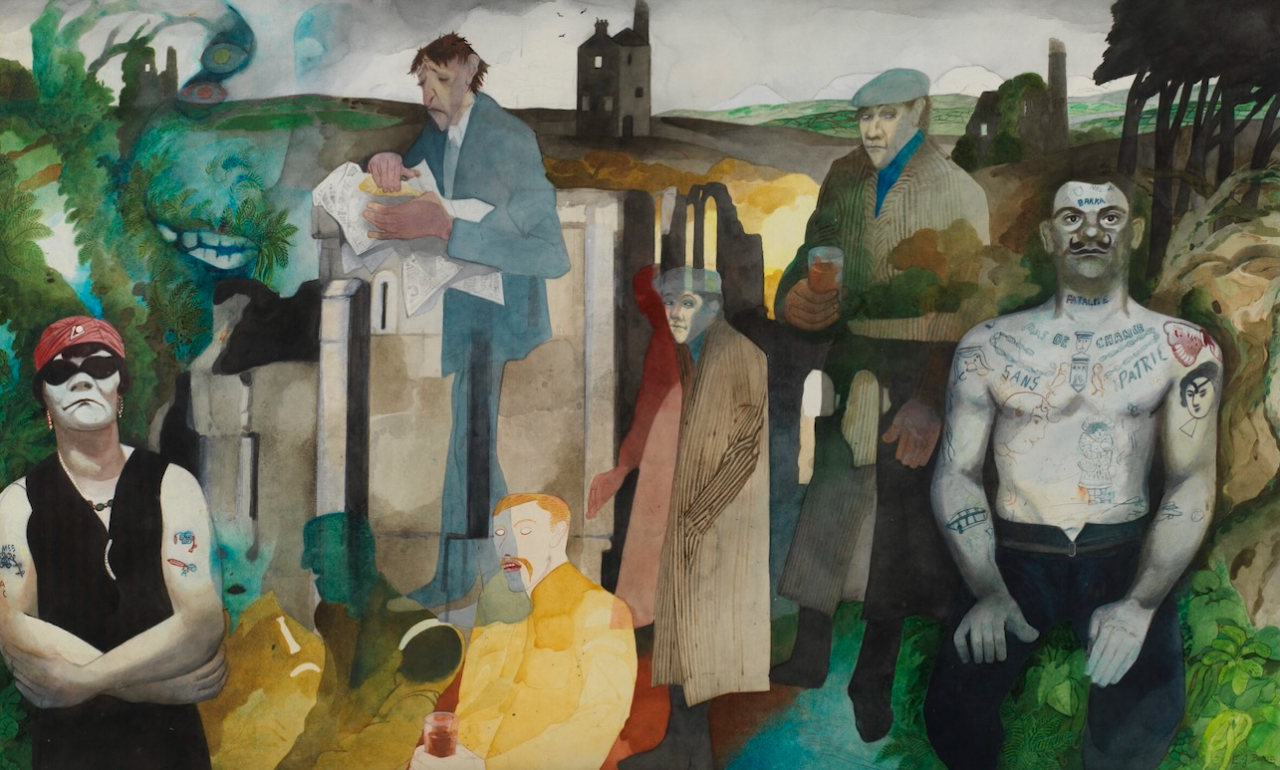
Tate Britain’s decision to pair Edward Burra and Ithell Colquhoun in a dual exhibition is inspired, if improbable. The connection isn’t immediately obvious, but it’s there: both were born in the early 20th century, worked largely between the wars, and were queer. Each had a complicated relationship with Surrealism and a deep interest in landscape. But where Burra’s work thrums with jazz, menace and humour, Colquhoun’s turns inward, summoning myth, magic and the subconscious. What binds them is a distinctly British strangeness: eccentric, unsettling, and intensely personal.
The paired exhibitions are shown side by side and can be accessed with a single ticket. Let’s begin with Burra, whose presentation commands attention with a kind of self-assured decadence. Although he suffered from anaemia and rheumatoid arthritis, spending much of his life confined to his family’s home in Rye, Sussex, his paintings are anything but restrained. They are exuberant and vividly alive, evoking a life of constant movement through Marseille, Harlem, Barcelona and New York. His subjects include sailors with cheeky rear ends, cabaret dancers, jazz musicians, pickpockets and soldiers in Venetian masks. The early works sparkle with voyeuristic humour, while the later ones shift into darker, surreal meditations on war, fear and industrial ruin.
A soundtrack of Burra’s own jazz records drifts through the gallery, lending a smoky atmosphere as you move past scenes of bars and crowded dance halls. In Le Bal (1928), every figure is suspended mid-gesture: eyes glance in all directions, limbs tangle and twist, and the mood is both claustrophobic and electric. Plus, there’s something unmistakably erotic about these works. Though Burra left little record of his own romantic entanglements, his paintings pulse with desire. Each canvas feels like a self-contained world, thick with innuendo. You can’t help but lean in.
Burra rarely sketched in advance, preferring to paint from memory. A few rare compositional studies are included here, along with illustrated letters: gossipy and often very funny. His time in Spain during the Civil War marked a turning point. Having witnessed violence firsthand, his work took on a darker tone. During the Second World War, grounded at home, he turned his attention to British soldiers. In Soldiers at Rye, the figures are shown in tightly fitted uniforms that accentuate their backsides, their faces obscured and masked. It is both menacing and unmistakably homoerotic.
In his final decades, Burra turned his attention to landscape. These late works, arguably among his most powerful, offer a mournful tribute to a rural England irreversibly transformed by industrialisation. They are strange, contemplative, and richly atmospheric. By the end of the exhibition, you have the sense of having traced the full course of his life – it’s brilliantly done.
Moving on to Ithell Colquhoun, the works take on a more symbolic, metaphysical tone. A self-described magician and devoted occultist, she treated painting as a form of spiritual exploration. Long overlooked by the British art world, she is finally receiving her due in this largest-ever survey of her work, first shown earlier this year at Tate St Ives.
Colquhoun embraced automatic techniques (a Surrealist inheritance), most notably decalcomania, a process of pressing paint between surfaces to create spontaneous forms. The results resemble Rorschach tests, but with overtly erotic undertones: blooming vulvas, unmistakable phalluses. They bring to mind Georgia O’Keeffe, though unlike O’Keeffe, Colquhoun made no claims to abstraction or innocence; the eroticism is deliberate. In Scylla (1938), two bulging rock forms could just as easily be read as thighs or penises. Her palette is especially striking: lush pinks, acid greens, sea-glass blues, and warm yellows, far bolder and more saturated than Burra’s more muted tones.
Colquhoun’s belief in magic was literal. She became involved with London’s occult circles in the 1930s, was expelled from the Surrealist group for refusing to abandon her esoteric beliefs, and spent much of her later life in Cornwall, sketching tesseracts and designing tarot cards. One room is dedicated to her magical practice, which offers a vivid sense of her vision and personality.
In the end, there’s no need to declare a winner. The exhibitions don’t compete so much as orbit one another: Burra, with his bravura and menace; Colquhoun, with her mystical intensity and erotic symbolism. They are not a mirror image, nor even a match, but something more interesting: a dialogue between two singular minds, joined – however loosely – by a shared devotion to the strange.
Constance Ayrton
Photo: Edward Burra, Landscape, Cornwall, with Figures and Tin Mine, 1975. Private collection. © The estate of Edward Burra, courtesy Lefevre Fine Art, London
Edward Burra and Ithell Colquhoun is at Tate Britain until 19th October 2025. For further information or to book, visit the exhibition’s website here.

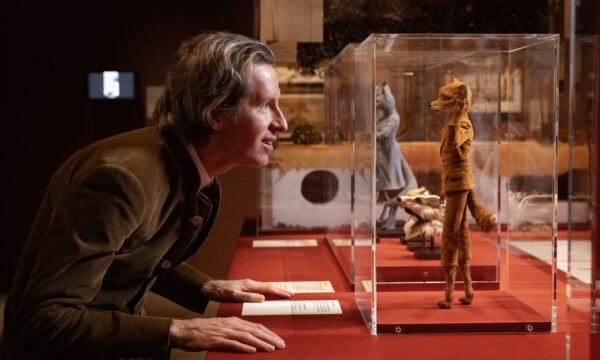
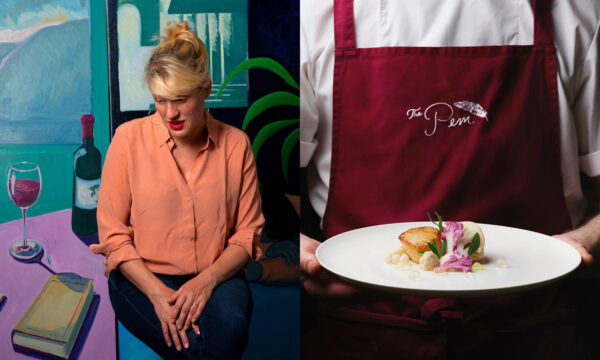
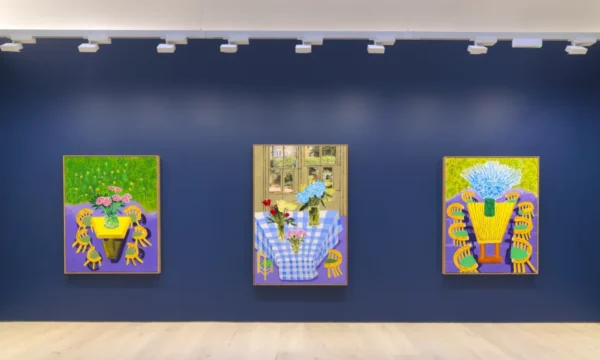

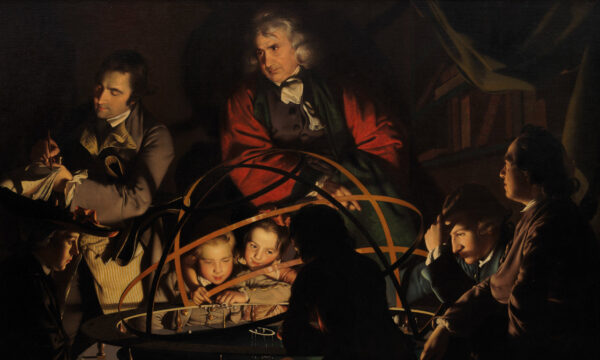
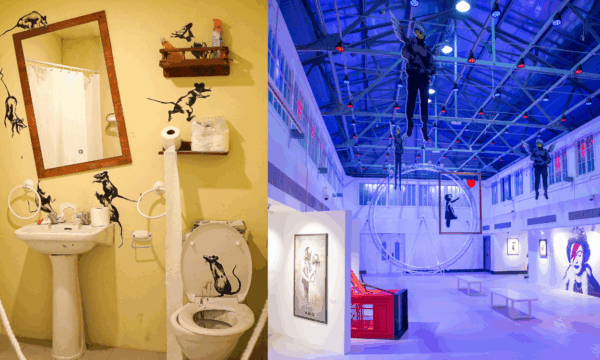
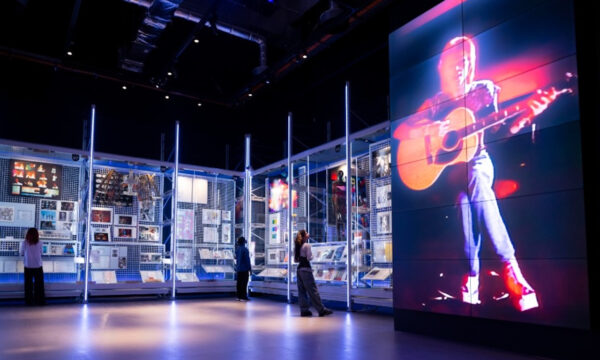
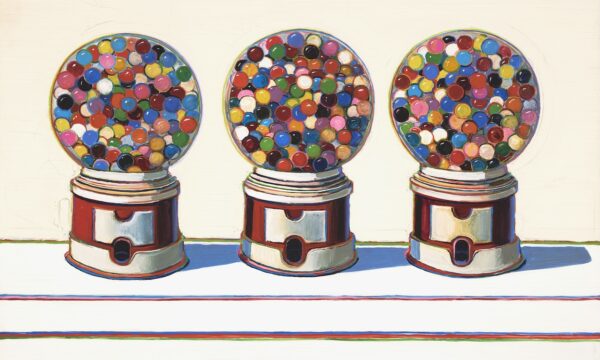
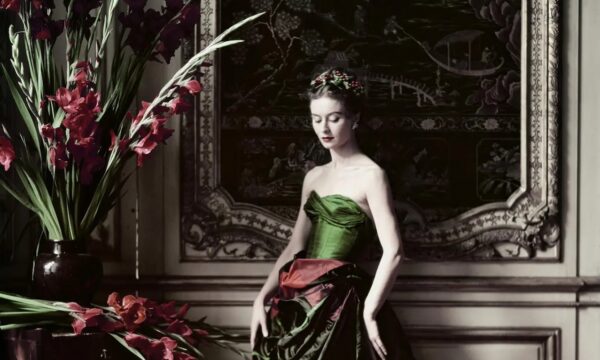
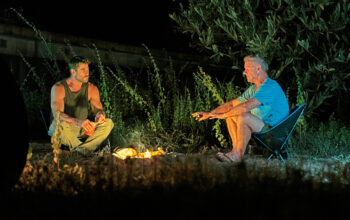
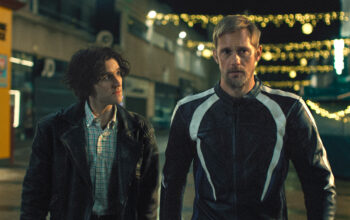
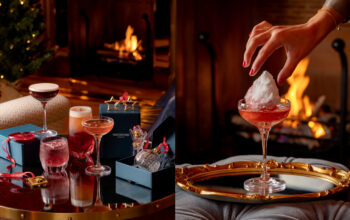
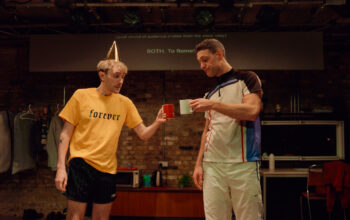
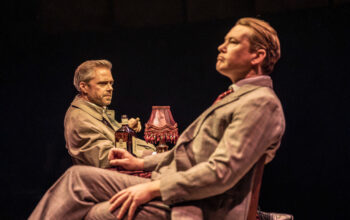
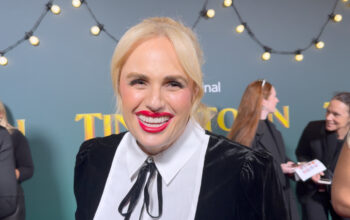
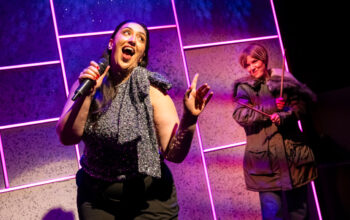
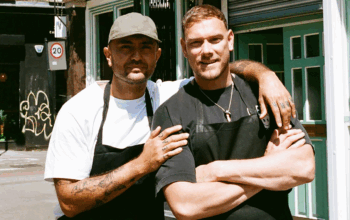




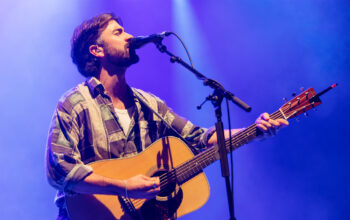

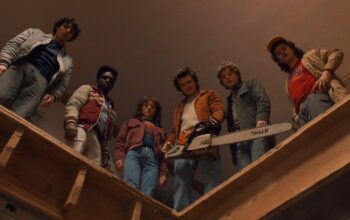
Facebook
Twitter
Instagram
YouTube
RSS